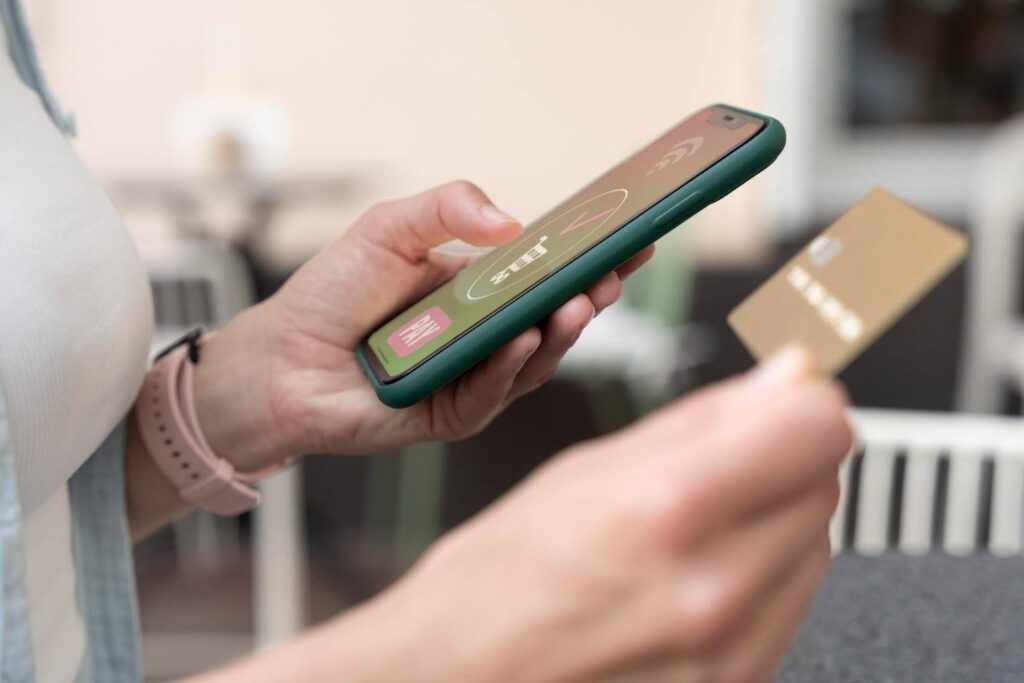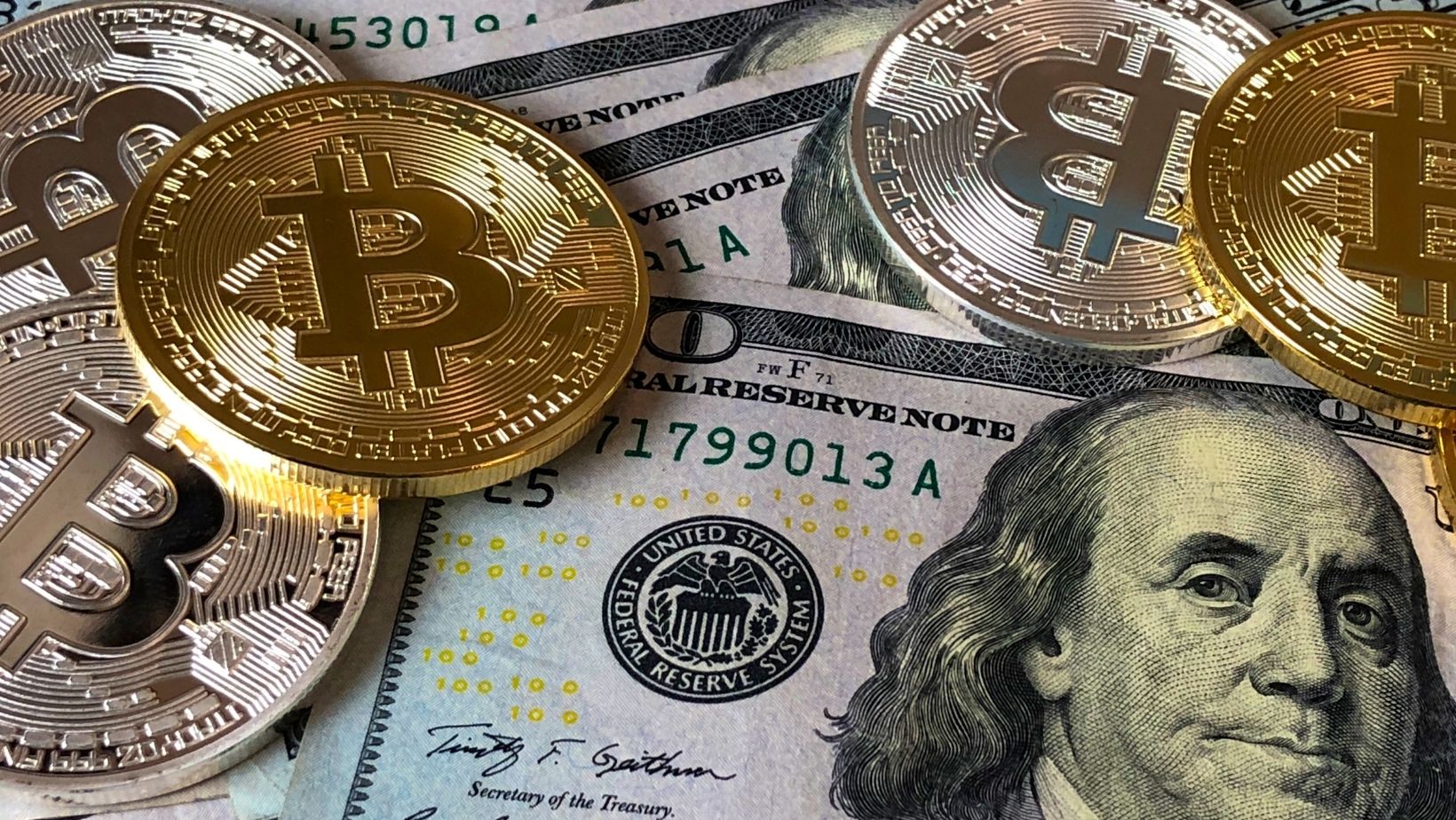Paying for goods and services becomes easier as new transaction methods emerge. Although people still use credit and debit cards, bank transfers, and cash, mobile payments are rapidly transforming how we pay.
These electronic transactions, performed entirely on handheld devices without the need to carry cash or cards, have changed the financial world forever.
How did we arrive at our current state, and what does the future hold? Let’s take a deep dive.
Early 2000s: The SMS Era
Coca-Cola made digital payment history in 1997 when customers could purchase drinks from vending machines in Helsinki, Finland, via SMS from their mobile phones. The service was only available to customers with Nokia phones, who were charged for the beverage on their next phone bill. This process was one of the world’s first implementations of mobile payments and is widely considered the grandfather of today’s digital wallet technologies.
Telecom providers recognized the value of SMS payments and used them in-house to let customers pay for mobile credits and digital content such as ringtones and wallpapers. Users simply replied to a text message to activate the service, which would then appear on their phone bills.
Charging services to phone bills still exist. For example, real-money platforms like casinos offer online slots deposit by phone bill to allow users to fund gameplay instantly by charging it to their mobile carrier. This method allows the player to pay for these deposits when their mobile bill is due.
Mid-2000s–Early 2010s: Smartphones & Mobile Wallets
Banking apps began to appear in the mid-2000s, expanding online services from websites to handheld devices. Now, consumers can transfer funds to make payments without needing to be in front of a computer.
PayPal entered the market in 1998, forever changing the world of cross-border transactions. In 2006, it released its PayPal Mobile App, allowing users to send and receive money from their smartphones.
The first tap-to-pay service was introduced in Seoul in 1995 by the Seoul Bus Transport Association. Commuters used a phone app called UPass to tap on and off, which then paid for their bus trip. Google Wallet was launched in 2011 and brought tap-to-pay into the retail world. Customers could now tap their Android phones on a device at checkout and pay directly from their accounts.
Apple Pay was released in 2014, taking technology one step further and allowing customers to make payments from their iPhones and their Apple Watches. Samsung Pay came next in 2015, followed shortly by Chinese digital wallets: Alipay and WeChat Pay.
In-App Purchases
The next step in mobile payments was in-app purchases. Apple and Google determined that offering free apps with optional paid upgrades or extra services was a savvy business decision. What began as simple one-time purchases to unlock extra levels or remove ads became a complex, flexible system providing access to subscriptions, consumables, and digital currencies.
The rise of in-app purchases encouraged the development of more secure mobile payment technologies. Biometric authentication methods—fingerprint scanning and facial recognition—became standard, helping to build consumer trust.
Benefits for the Consumer
Mobile payments have made financial transactions more accessible than ever. Transactions like tap-to-pay and most other digital transactions in local currencies are instant. While some cross-border transactions can take a few business days, financial technology (fintech) companies are rapidly working on reducing this time.
Fintechs like Wise, Revolut, and PayPal are converting people from everyday banks to online financial institutions and will be the major players in the financial world in the future. Low, transparent fees, rapid speeds, and easy-to-use apps have made the switch effortless. All of this results in faster processing, less waiting, and saving time.
Tap-to-pay has already helped speed up supermarket checkout lines, getting on and off public transport, and parking lot entry and exit.
Digital wallets provide transaction histories, and some have built-in expense tracking and reporting features to help manage budgets. All this data is secured and only accessible by logging into the app.
Contactless payments rose in popularity during the COVID-19 pandemic and have remained that way due to the decline of cash. People feel more secure knowing they don’t need to carry bills and coins.
Consumers love loyalty programs. Digital wallets are adopting these, automatically applying loyalty cards, coupons, and rewards points during transactions. This benefits merchants by building brand loyalty, while consumers enjoy the convenience of managing all their financial services through a single app.
The Future of Mobile Payments
The next wave of mobile payments will redefine the financial world. Advances in technology will make paying almost invisible. Consumers will simply buy something, order a ride, or unlock a service, and the payment will occur automatically in the background, as a standard setting in the app.
Features like “buy now pay later” (BNPL) allow consumers to use digital wallets to pay at checkout and be billed later for their transactions. This concept echoes the original idea of charging digital payments to a phone bill.
Soon, consumers will see the introduction of the “super app” that can manage financial transactions, send messages, shop at online malls, and connect it all to social media.
Artificial intelligence (AI) and machine learning will be major forces in the future of mobile payments. These technologies will enable personalized financial services, detect fraudulent transactions, and streamline payment experiences even further.
Cryptocurrency and other blockchain-based solutions are already gaining traction. Revolut was the first fintech to allow these transactions on its platform in some markets, and others will surely follow. Paying for goods and services using crypto across borders could soon be an everyday transaction.
The future of mobile payments is exciting. From its humble beginnings—paying for soda—to possibly never needing to carry cash or cards again, the financial world is becoming easier to navigate every day.



More Stories
The Evolution of Game Engines Behind Slot Development
How Travel Loyalty Points Feel Like Casino Jackpots
Is BitEdge.com the Finest Place to Find New Crypto Casinos?